Erection of this palace was during the reign of Rana Fateh Singh. It lies within the Chittorgarh Fort. The palace served as Rana’s residence. Rana Fateh Singh intended to showcase his inclination towards art and culture through this construction. Chittorgarh lies on the Golden Quadrilateral Highway system.
Architecture
The palace is studded with numerous corridors and pillars built in Rajasthani style. It is beautifully decorated with wall paintings showcasing legends from Rajasthan belonging to the 17th. and 19th.centuries. In 1968, a large portion of Fateh Prakash Palace was converted into a museum.
Attractions
Rana Fateh Singh had a fetish for art and same gets manifested in his collection of artifacts found in the Fateh Prakash Palace. The collection was rare and galore and hence later were housed in a museum. There are numerous sculptures. However, a special mention is needed for Ambica, Indra belonging to the post medieval period. These statues were found during excavation of the Rashmi village. There is a big idol of Lord Ganesha which dates back to the 8th to 9th century. It was brought from Pangarh. The craftsmanship in wooden idols displayed at this palace are of Bassi village.
The museum also houses a large collection of crystal items. These were supposedly collected by Maharana Sajjan Singh from F & C Osler Company in England.
In one section of the palace are placed the collection of the royal furniture. These include the dining tables, dressers, bottles, which once contained perfumes and sofas and so on.
There is a separate section dedicated for the display of the weapons used during that period. Such as helmets, knives, shields, axes, farsa etc. Uniforms of the persuasive soldiers of Chittorgarh are also on display.
The location of the palace and museum within the Chittorgarh Fort is in itself an attraction. The fort has been declared as a World Heritage site by UNESCO. It is the reckoned to be the largest fort in India as well as Asia. The fort is in the shape of a fish. Sprawled over 700 acres of land on a 180m hillock. It was built by the Mauryans in 7th century AD. Some believe it was built by Bhim of the Pancha Pandavs and is considered as an epitome of bravery.
This fort has witnessed the performance of Jauhar thrice. Initiated by Rani Padmini and carried forward by Rani Karnavati. To escape disrespect in the hands of enemies, women and children would sacrifice their lives by jumping alive into fire.













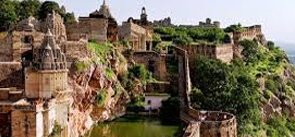









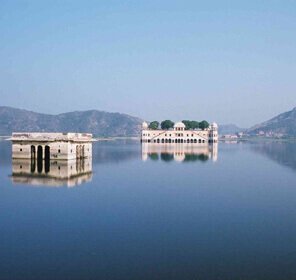










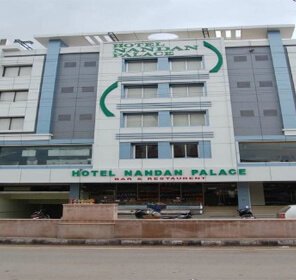
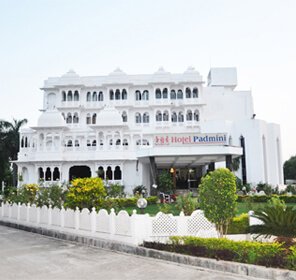

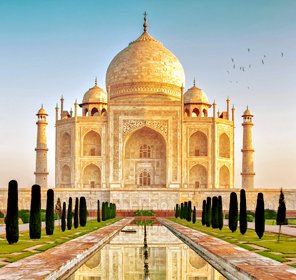








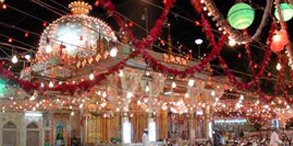
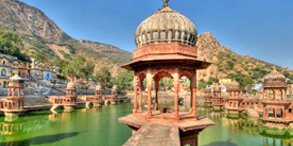

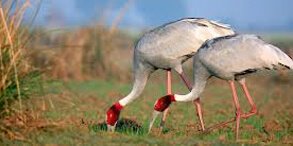



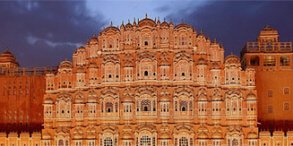




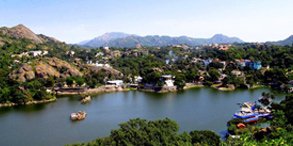




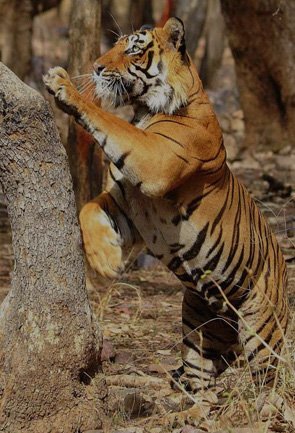



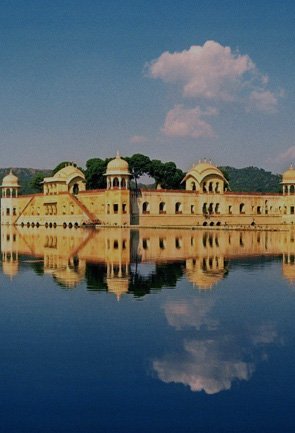
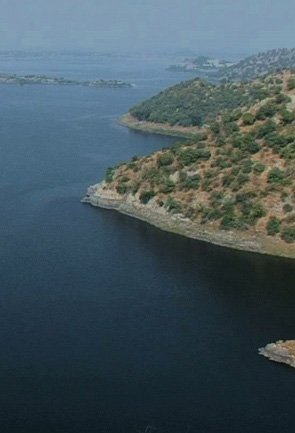
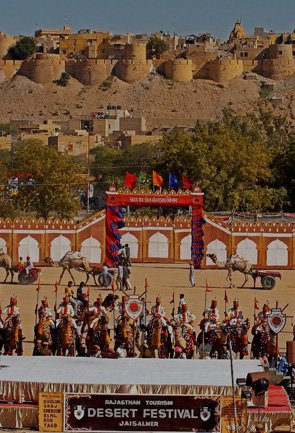

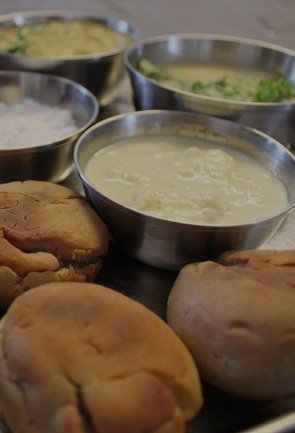
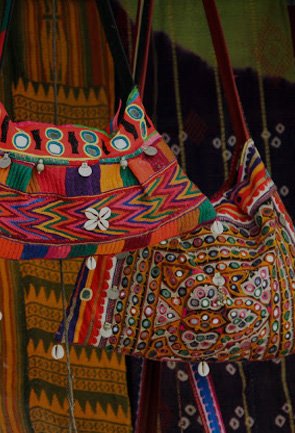
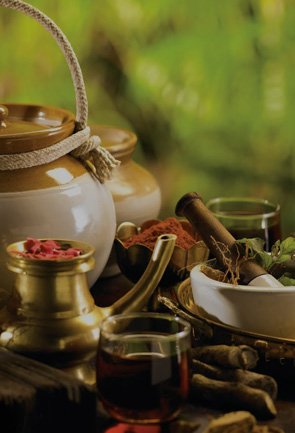

 Plan Trip
Plan Trip Call Us
Call Us Packages
Packages Home
Home